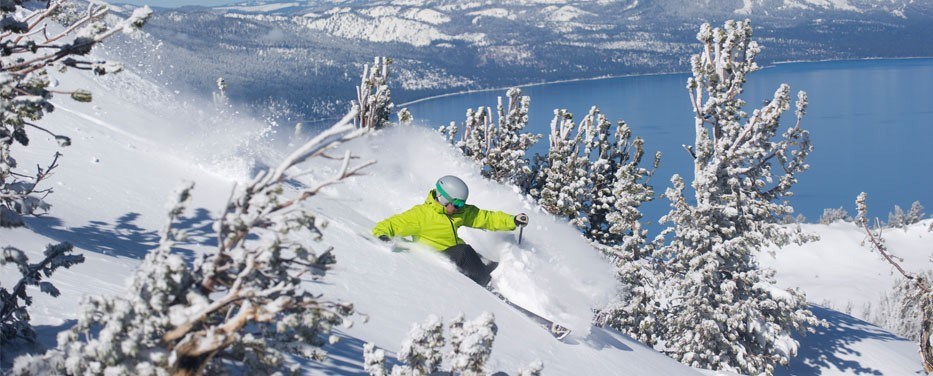Vail Resorts announced its quarterly financial results on Friday, March 8, and despite lower-than-expected international visitation to Whistler Blackcomb (WB), the Colorado company posted increases in lift revenue and skier visits across its roster of resorts.
Covering the fiscal period ended Jan. 31, Vail Resorts saw its lift revenue for the quarter jump 17.2 per cent, to US$447.6 million, primarily due, the company indicated, to strong North American pass sales growth, increased non-pass skier visitation to its Western U.S. resorts and incremental revenue from Triple Peaks and Stevens Pass, which Vail Resorts acquired last year.
Ski visits across the company were also up, by 27 per cent.
“We are pleased with our overall results for the quarter, with strong growth in visitation and spending compared to the prior year,” said Vail Resorts CEO Rob Katz during the investors call.
Katz added that destination guests visits to the company’s U.S. resorts was “less than expected” during the pre-holiday period, which “we attribute to guest concerns after two prior years of poor pre-holiday conditions.” Destination visitation, meanwhile, was “largely in line with expectations during the key holiday weeks and throughout the remainder of January,” Katz noted.
Although the quarterly report noted that WB and the company’s Tahoe resorts saw strong visitation during the holiday and post-holiday periods, they were also “impacted by numerous weather events that negatively impacted their results.” International visitation to WB throughout the quarter was also below the same period last year.
As first announced in a mid-season report in January, Vail Resorts said it has lowered its guidance for fiscal 2019, “primarily due to the disappointing results from destination visitation in the pre-holiday period and also due to shortfalls from expectations at our Tahoe resorts and Whistler Blackcomb,” Katz said.
The company now expects its net income for the fiscal year to be between $268 million and $300 million, and resort-reported EBITDA (Earning Before Interest, Tax, Depreciation and Amortization) to be between $690 million and $710 million, below its earlier prediction of between $718 million and $750 million.
For the quarter, net income attributable to Vail Resorts was $206.3 million, down from $235.7 million in the same period last year, when the company incurred a one-time, net tax benefit of approximately $64.6 million.
Total net revenue increased 15.7 per cent, to $849.6 million, for the quarter.
Ski-school revenue for the quarter increased 15.1 per cent, to $12.1 million, while dining revenue jumped 21.3 per cent, to $11.5 million. Retail and rental revenue increased to $13 million, or 11.3 per cent.
Operating expenses were also up, by 16 per cent, to 58.4 million, which includes incremental operating expenses from Triple Peaks and Stevens Pass.
For the ski season to date, through March 3, lift-ticket revenue at the company’s North American resorts is up 9.6 per cent. Ski-school revenue for the season is up 7.4 per cent, with dining revenue up 7.9 per cent.
Season-to-date skier visits in North America are also up 7.9 per cent.
On Feb. 21, Vail Resorts announced an agreement to acquire Falls Creek and Hotham resorts in Victoria, Australia. The company expects the deal to close before the start of the Aussie ski season in June.
The total effective ticket price fell by 7.8 per cent in the second quarter, “primarily due to higher skier visitation by season pass holders and the impact of the new Military Epic Pass, partially offset by price increases in both our lift ticket and season pass products,” according to the investors’ report.
Vail Resorts’ said its season-pass program has grown to encompass nearly half—47 per cent—of the company’s total lift revenue for 2018. The company expects the number of its season passholders to exceed 925,000 this year. Its Military Epic Pass, launched last year, added nearly 100,000 new passholders to the program.
Click here to view the full report.




